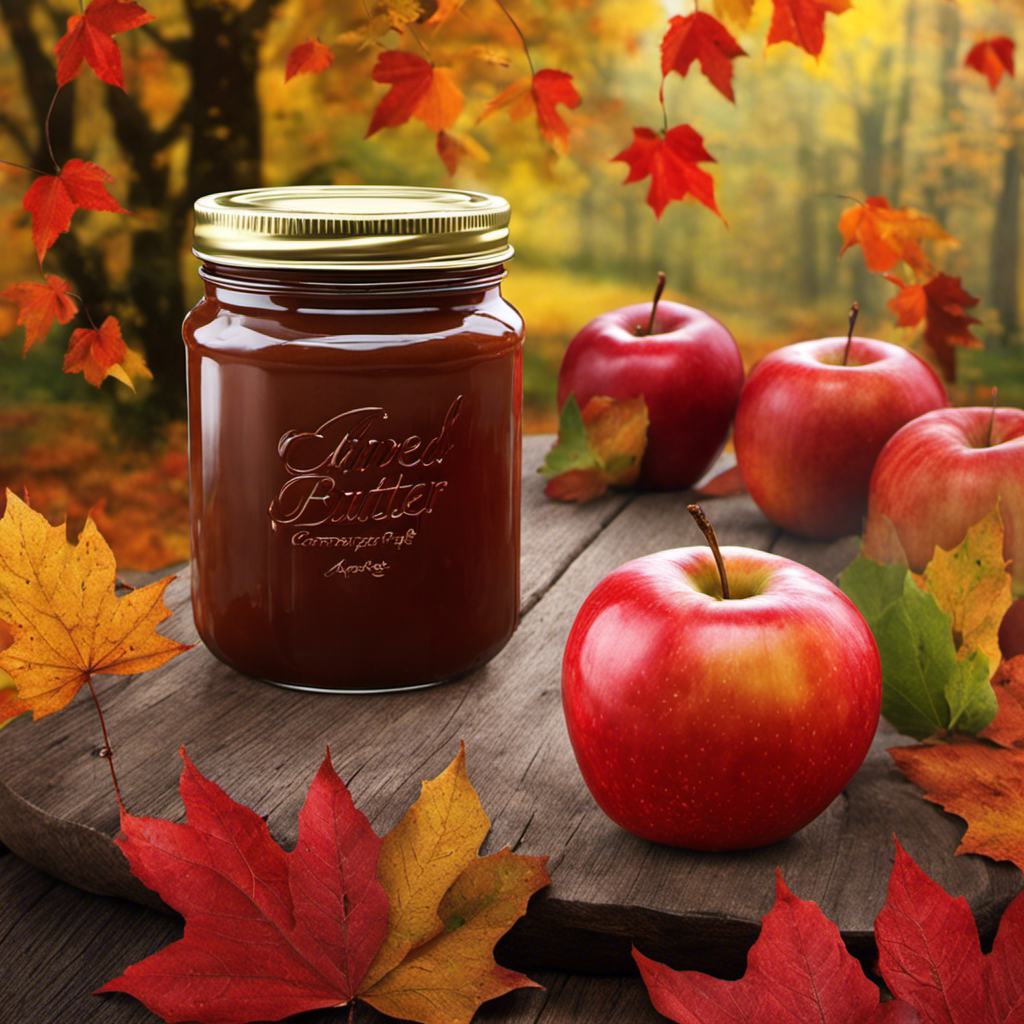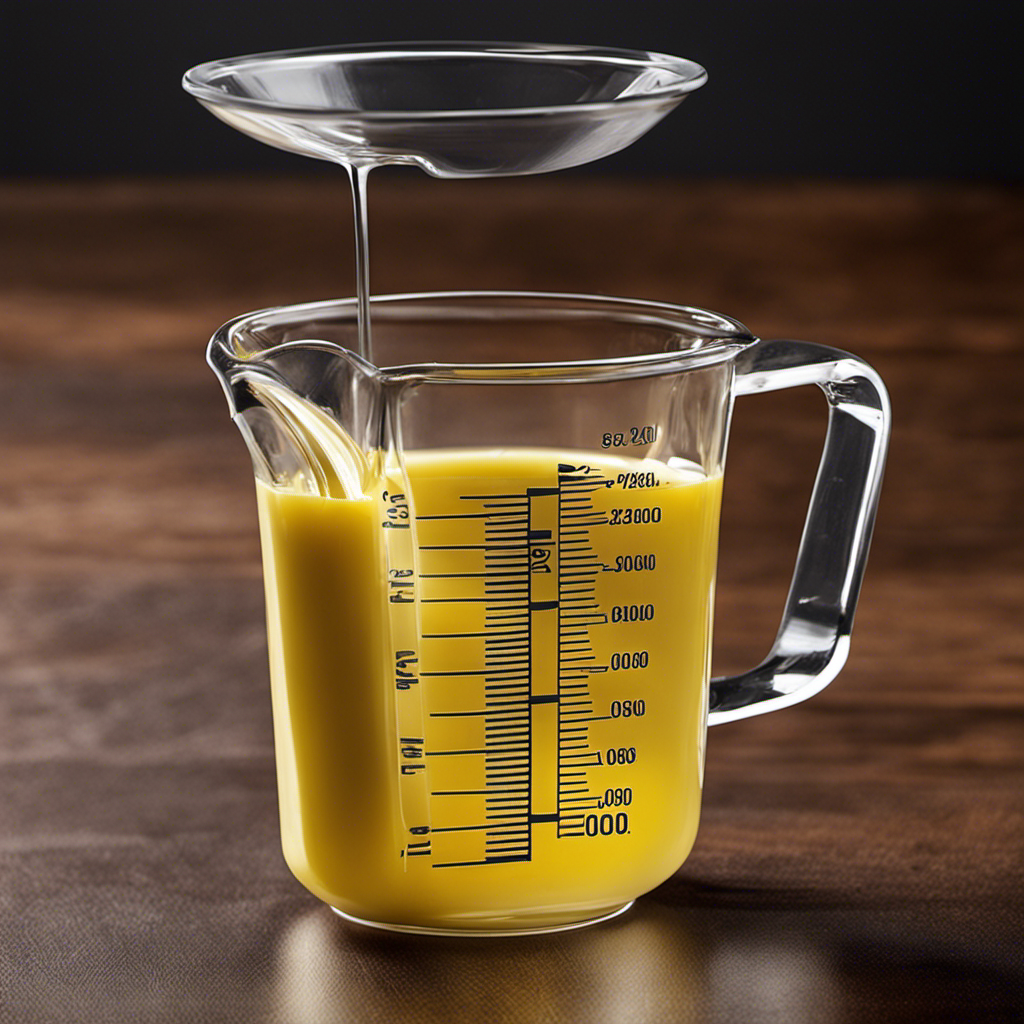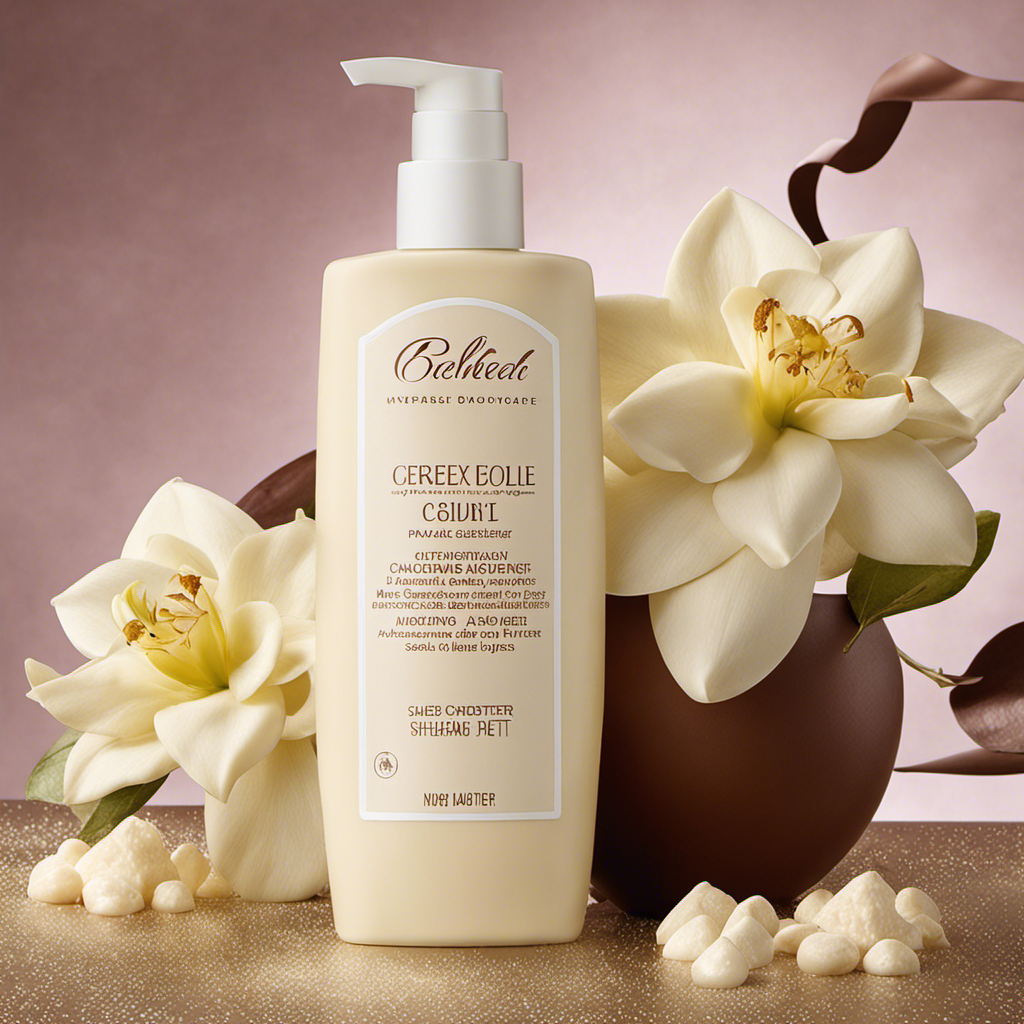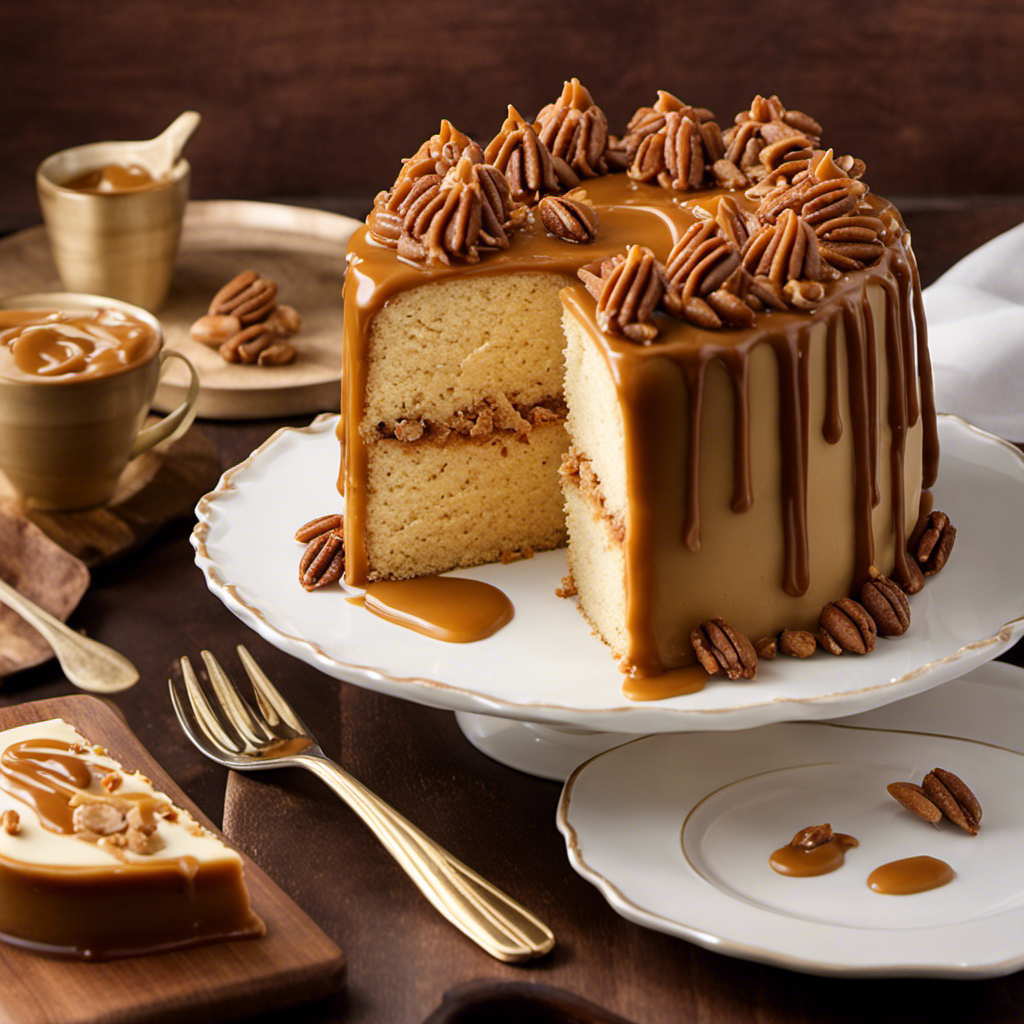You might be assuming that crafting cannabis sugar using a Magical Butter Machine seems like a tough task. However, believe me, it’s simpler than it appears.
With just a few simple steps, you can infuse your sugar with the delightful flavors and benefits of cannabis.
In this article, I’ll guide you through the process, from choosing the right strain to straining and storing your homemade canna sugar.
Get ready to add a magical touch to your favorite recipes!
Key Takeaways
- Choose a strain based on personal preference and desired flavor profiles, considering THC content for psychoactive effects.
- Clean and maintain the Magical Butter Machine properly, checking for wear and tear and lubricating moving parts if necessary.
- Infuse cannabis into sugar with the Magical Butter Machine to enhance flavor profiles and add a subtle hint of cannabis to recipes.
- Strain and store the canna sugar using different methods such as cheesecloth, fine mesh strainer, coffee filter, or a nut milk bag for maximum control. Store in an airtight container for potency and flavor preservation.
Choosing the Right Strain for Canna Sugar
I’ll start by researching and selecting the perfect strain for making my canna sugar with the magical butter machine.
When it comes to choosing the ideal cannabis strain for canna sugar, there are a few factors to consider. First and foremost, you want a strain that’s high in THC, as this is what’ll give your canna sugar its psychoactive effects. However, you also want to consider the flavor profile of the strain. Different strains have unique terpene profiles, which contribute to the taste and aroma of the final product. Some strains may have citrusy notes, while others may have a more earthy or floral flavor. Exploring different flavor profiles for canna sugar can be a fun and exciting journey.
Once you’ve selected your strain, it’s time to move on to preparing the magical butter machine for infusion.
Preparing the Magical Butter Machine for Infusion
To start the infusion process, I’ll first ensure that my Magical Butter Machine is properly prepared. This involves cleaning and maintaining the machine to guarantee optimal performance and longevity. Here are four important steps to follow:
-
Cleaning: After each use, it’s essential to clean the Magical Butter Machine thoroughly. This can be done by disassembling the parts and washing them with warm, soapy water. Make sure to remove any residue or leftover ingredients.
-
Maintenance: Regularly check the machine for any signs of wear and tear. Inspect the blades, seals, and buttons to ensure they’re in good condition. If necessary, lubricate the moving parts to prevent friction and prolong the machine’s life.
-
Infusion Options: The Magical Butter Machine offers various infusion options, including butter, oils, tinctures, and more. Familiarize yourself with the different settings and recipes to create a wide range of infused products.
-
Experimentation: Don’t be afraid to get creative with your infusions. Try different combinations of herbs, spices, and flavors to personalize your creations. The possibilities are endless!
Infusing Cannabis Into Sugar With the Magical Butter Machine
After cleaning and maintaining the machine, I simply add cannabis to sugar and let the Magical Butter Machine work its infusion magic.
Infusing cannabis into sugar with this innovative machine offers a multitude of benefits. Firstly, it allows for precise dosing, ensuring consistent potency in every batch. The infusion process also enhances the flavor profile of the sugar, creating a unique and enjoyable taste experience.
Cannabis infused sugar can be used in a variety of culinary creations, from baked goods to beverages, adding a subtle hint of cannabis that can elevate your recipes to new heights.
However, it’s important to be aware of the potential health risks of consuming canna sugar. As with any cannabis-infused product, it’s crucial to start with a low dosage and gradually increase as needed, being mindful of any adverse effects.
It’s always recommended to consult with a medical professional before incorporating cannabis into your diet.
Straining and Storing Your Canna Sugar
Once the infusion process is complete, I strain the cannabis-infused sugar into an airtight container for storage. Storing canna sugar long term is crucial to maintain its potency and flavor.
There are different methods of straining canna sugar, each with its own benefits. Here are four techniques that will evoke excitement and satisfaction in your canna sugar journey:
-
Cheesecloth: This classic method involves pouring the infused sugar through a cheesecloth-lined sieve. It effectively removes any plant material, leaving behind a smooth and refined product.
-
Fine mesh strainer: Ideal for those who prefer a quicker and less messy approach, a fine mesh strainer can effectively strain the sugar while still removing any unwanted particles.
-
Coffee filter: If you desire an ultra-fine strain, using a coffee filter is the way to go. This method ensures a crystal-clear sugar that’s perfect for adding to your favorite recipes.
-
Nut milk bag: For those who want maximum control over the straining process, a nut milk bag offers versatility and allows you to squeeze out every last drop of infused sugar.
Creative Ways to Use Canna Sugar in Recipes
When I incorporate canna sugar into my favorite recipes, it adds a unique and delightful twist to traditional dishes.
One creative way to use canna sugar is by creating infused beverages. Whether it’s a cup of hot tea or a refreshing glass of lemonade, adding canna sugar can elevate the flavor and provide a subtle cannabis-infused kick. It’s important to remember to start with a small amount and gradually increase the dosage to suit your preference.
Another great way to use canna sugar is by adding a sweet twist to your favorite desserts. From cookies and brownies to cakes and pies, canna sugar can transform ordinary desserts into something extraordinary. The sweetness of the sugar complements the cannabis flavor, creating a delicious and enjoyable treat.
Frequently Asked Questions
Can I Use Any Strain of Cannabis to Make Canna Sugar, or Are There Specific Strains That Work Best?
When it comes to making canna sugar, using different strains of cannabis can yield varying results. While any strain can be used, some strains are known to work better than others.
The best strains for canna sugar are typically those that have a high THC content, as this will result in a more potent and flavorful sugar. However, it ultimately depends on personal preference and the desired effects you’re looking for.
Experimenting with different strains can help you find the perfect one for your canna sugar recipe.
Are There Any Specific Cleaning Instructions for the Magical Butter Machine After Infusing Cannabis Into Sugar?
After infusing cannabis into sugar using the Magical Butter Machine, it’s essential to follow specific cleaning instructions.
To clean the machine, I recommend disassembling the parts and washing them with warm soapy water. Be sure to thoroughly rinse and dry the components before reassembling.
Additionally, it’s crucial to store the canna sugar in an airtight container in a cool, dark place to maintain its potency.
Remember to label the container properly and consume the canna sugar within its recommended shelf life.
Can I Store Canna Sugar for an Extended Period of Time, or Does It Have a Limited Shelf Life?
Storing canna sugar is a crucial aspect to consider for those who want to enjoy its benefits for an extended period. The shelf life of canna sugar varies depending on various factors such as storage conditions and the type of strain used.
Some strains are known to have a longer shelf life than others. It’s recommended to store canna sugar in an airtight container in a cool, dark place to maintain its potency and freshness.
Can I Adjust the Potency of My Canna Sugar by Using More or Less Cannabis in the Infusion Process?
Adjusting the potency of canna sugar can be done by varying the amount of cannabis used in the infusion process. Adding more cannabis will result in a stronger potency, while using less will yield a milder effect. It’s important to note that finding the right balance is crucial in order to achieve the desired potency.
Experimentation and careful measurement are key when adjusting the potency of canna sugar through the infusion process.
Are There Any Potential Health Risks or Side Effects Associated With Consuming Canna Sugar?
There are potential health risks and side effects associated with consuming canna sugar, especially if proper dosage control isn’t exercised. It’s important to be aware of the potency of the infused sugar and to use it responsibly.
Consuming too much canna sugar can lead to feelings of anxiety, paranoia, and impaired coordination. It’s also crucial to consider individual tolerance levels and start with a low dosage to minimize any adverse effects.
Conclusion
In just a few simple steps, you can transform ordinary sugar into a magical ingredient with the help of the Magical Butter Machine.
The infusion process allows you to create a versatile and potent canna sugar that can be used in various recipes.
From sweet treats to savory dishes, the possibilities are endless.
So, why settle for regular sugar when you can add a touch of magic to your culinary creations?
Get ready to elevate your cooking game with homemade canna sugar!










